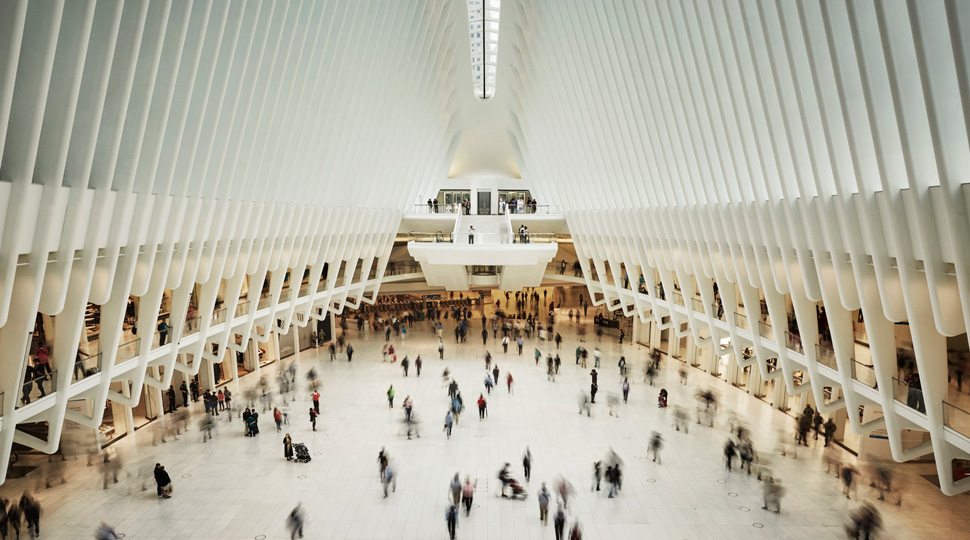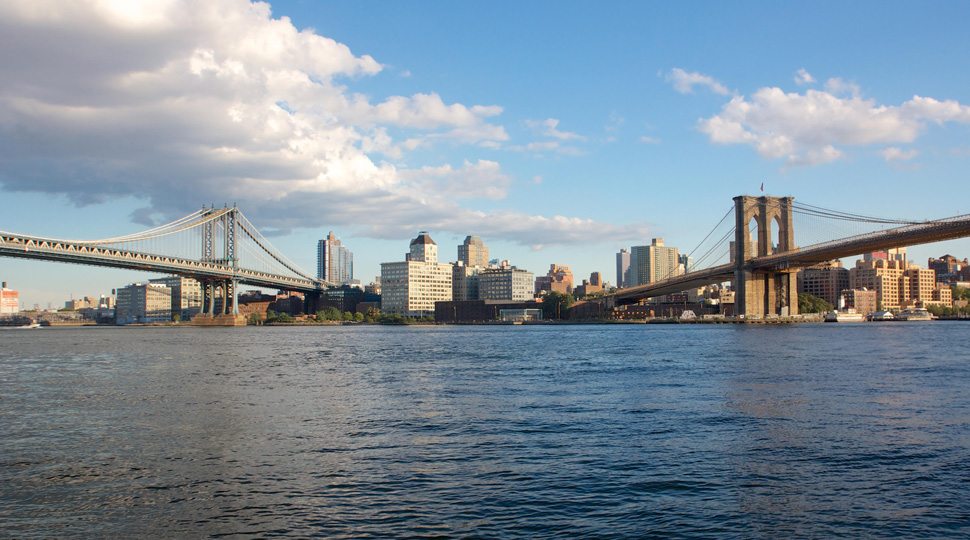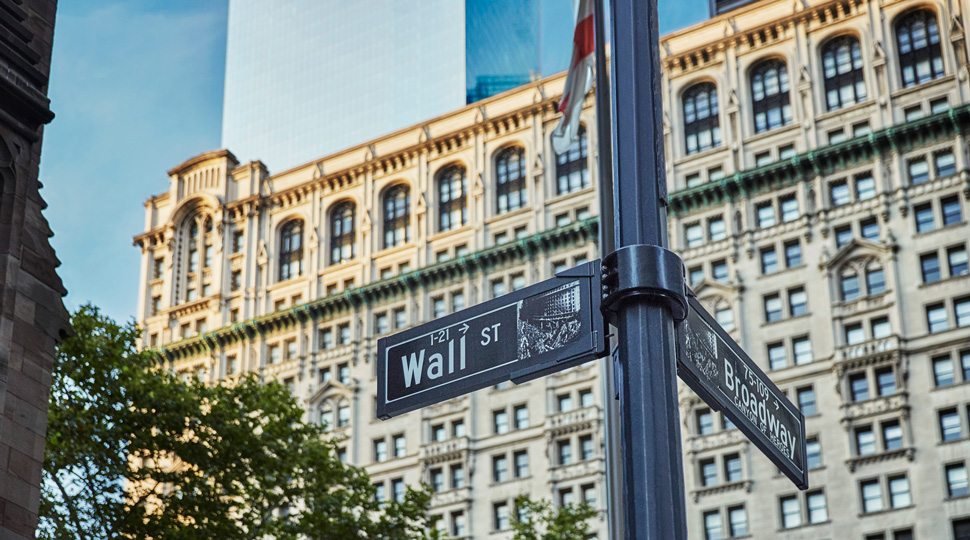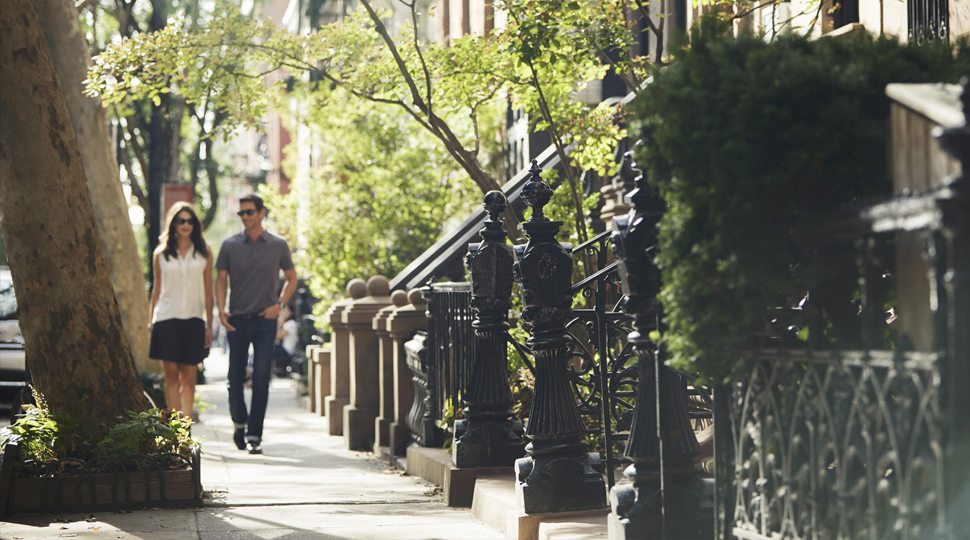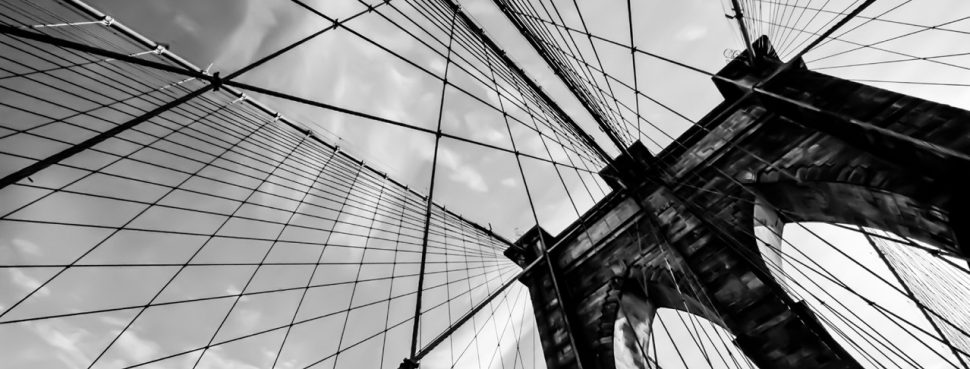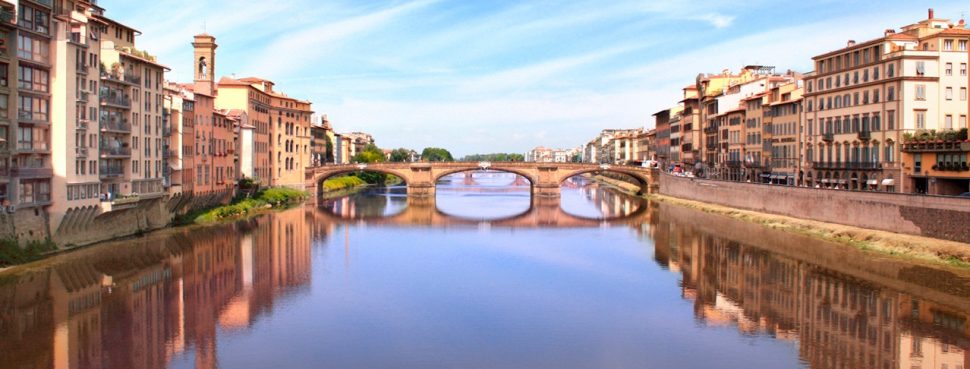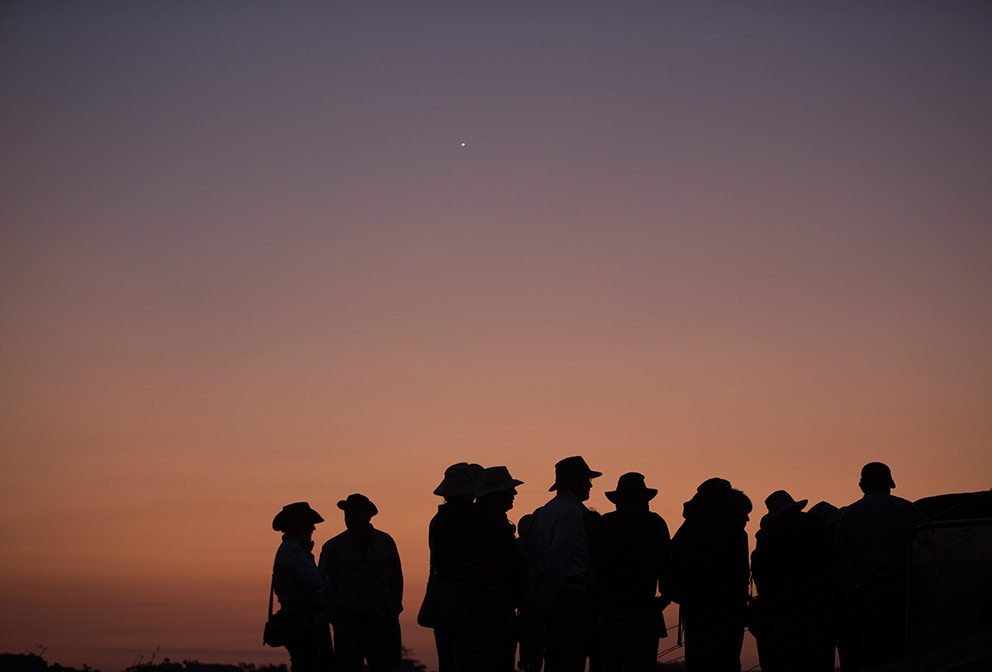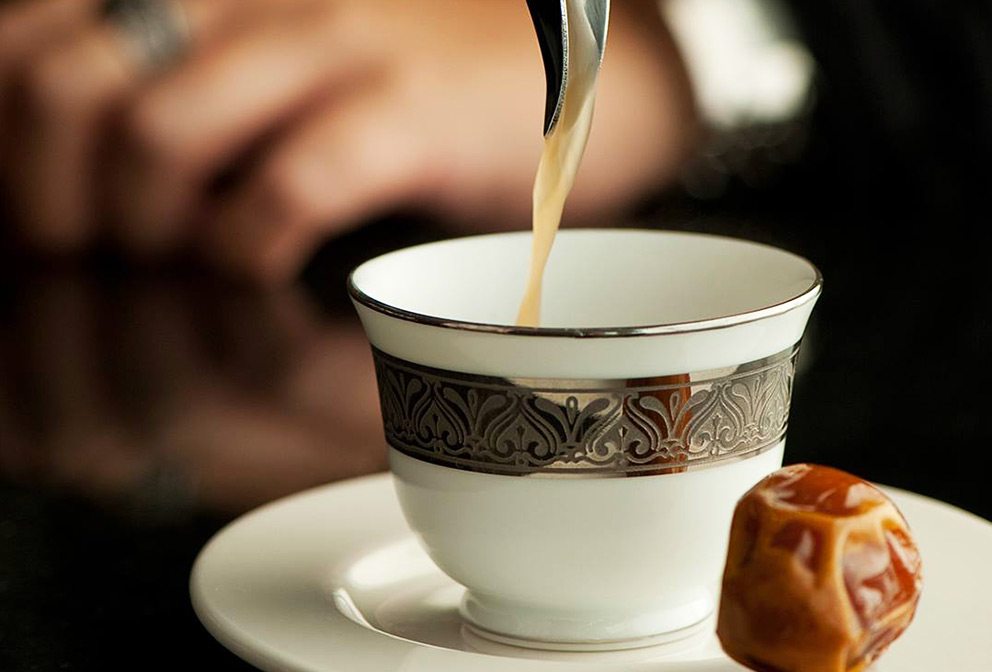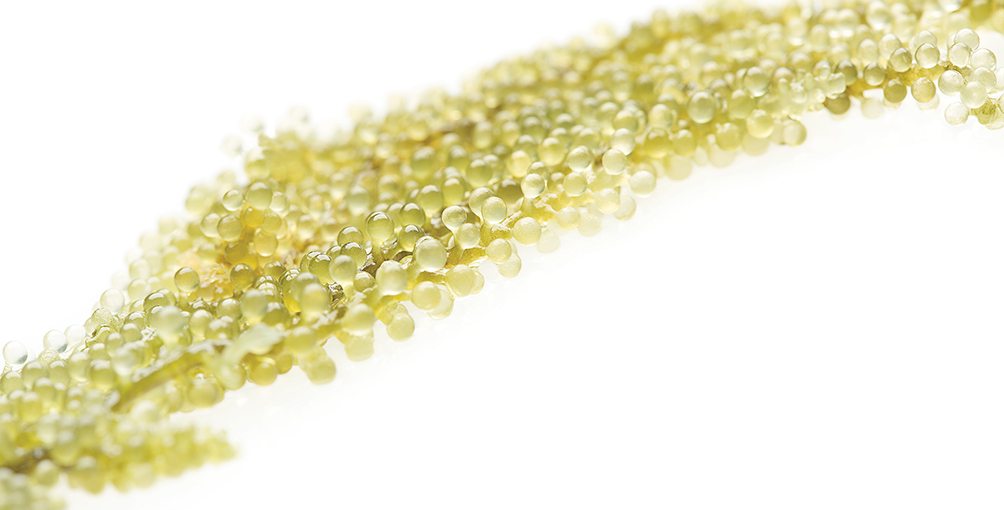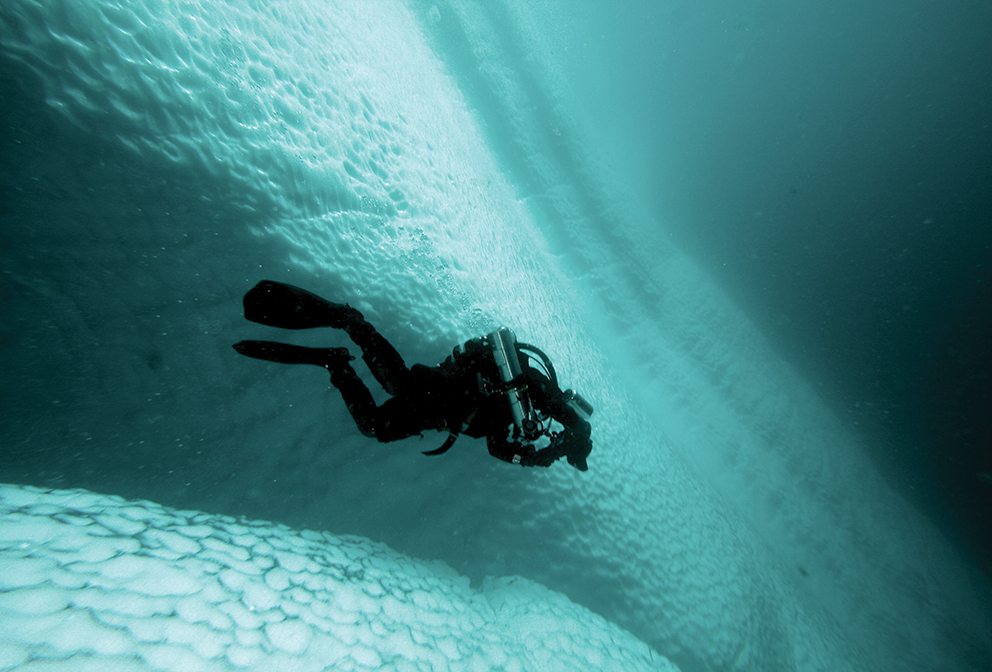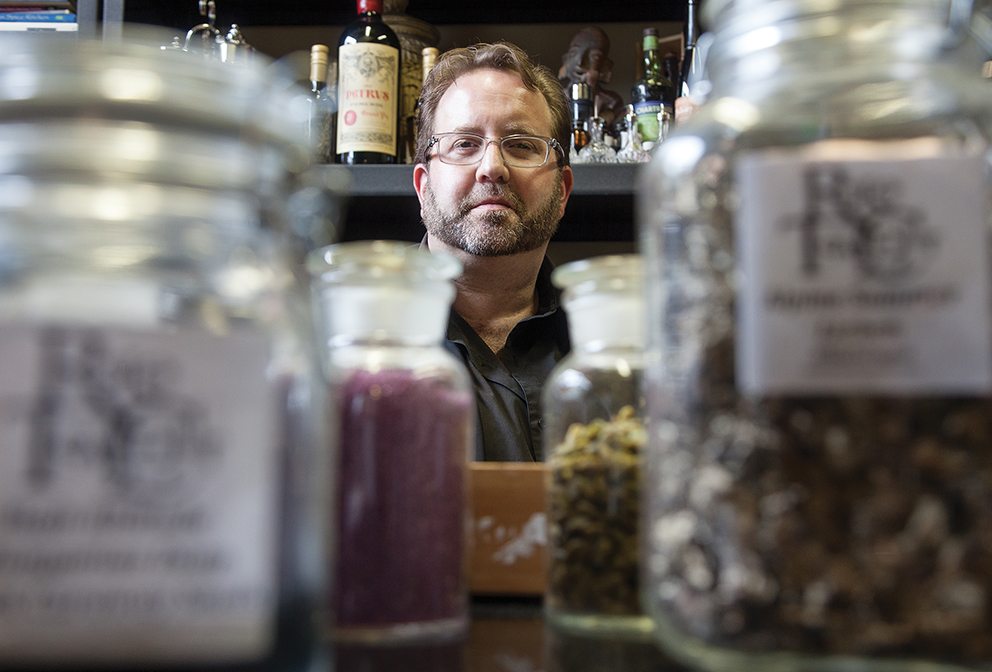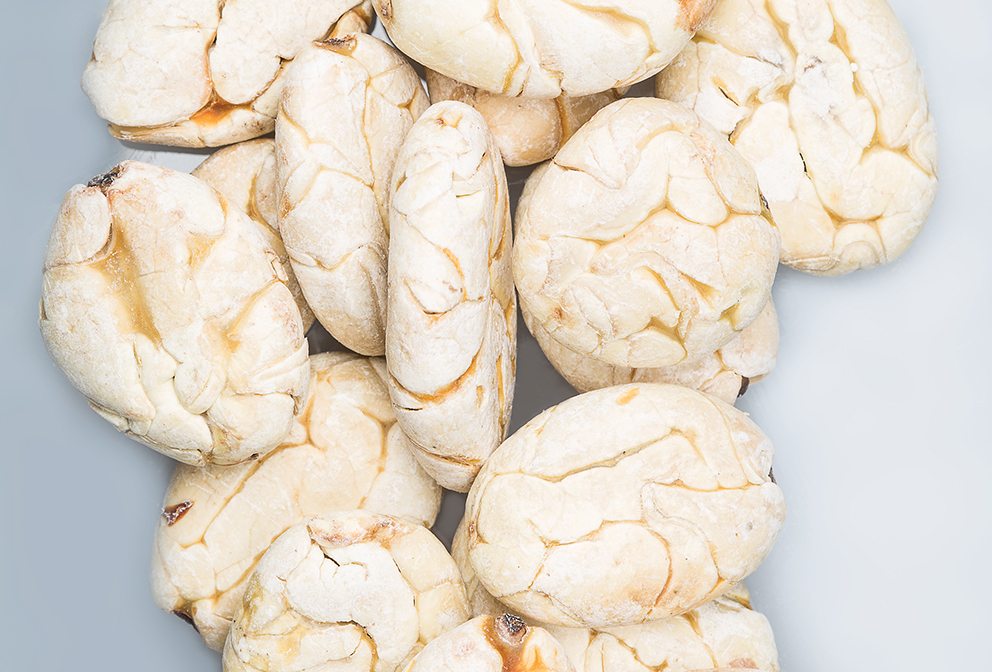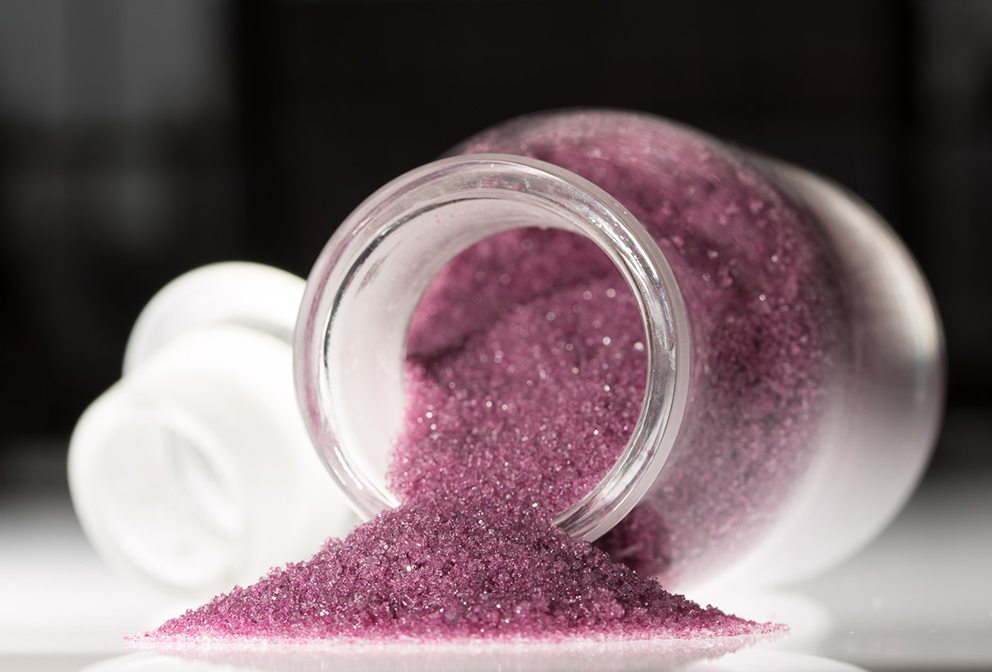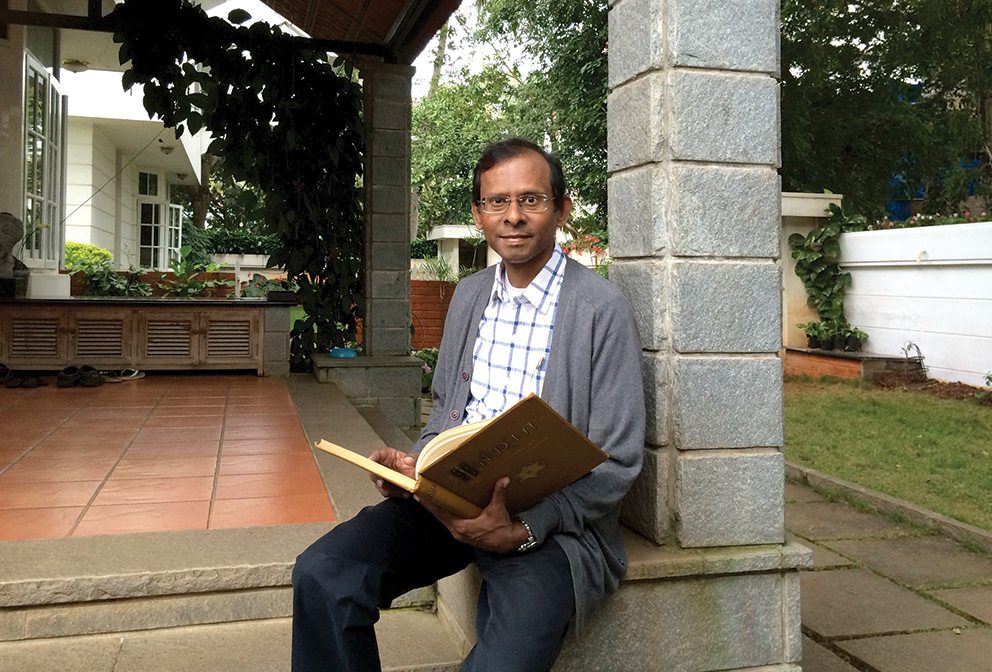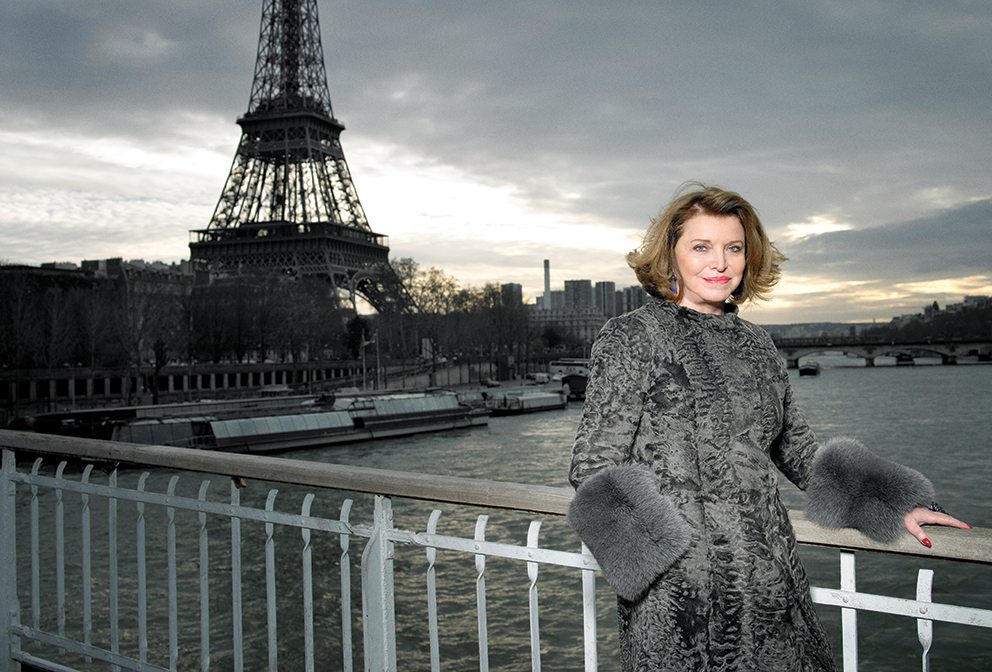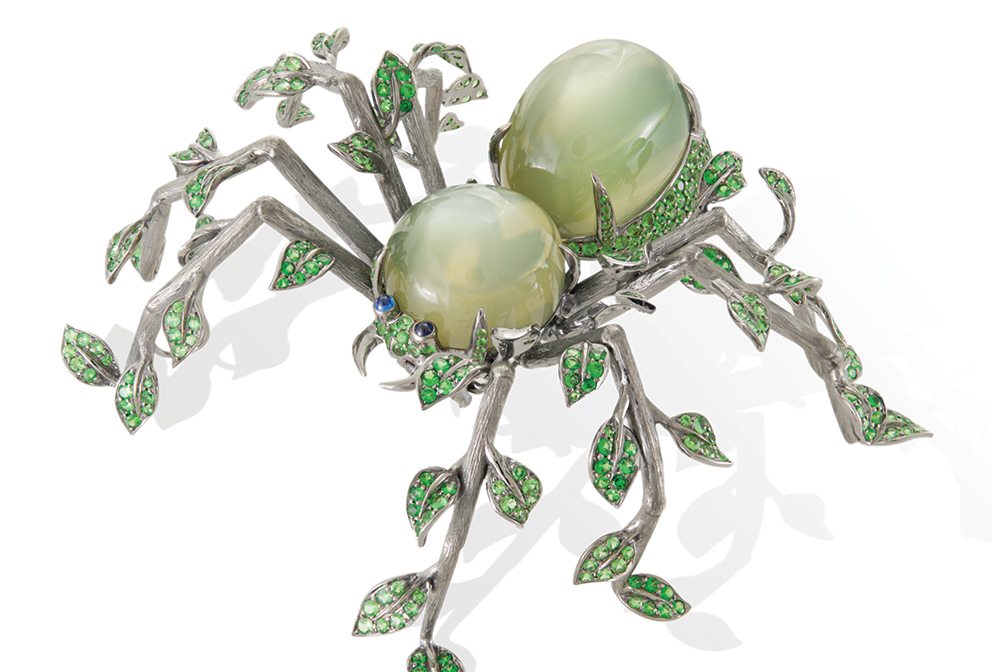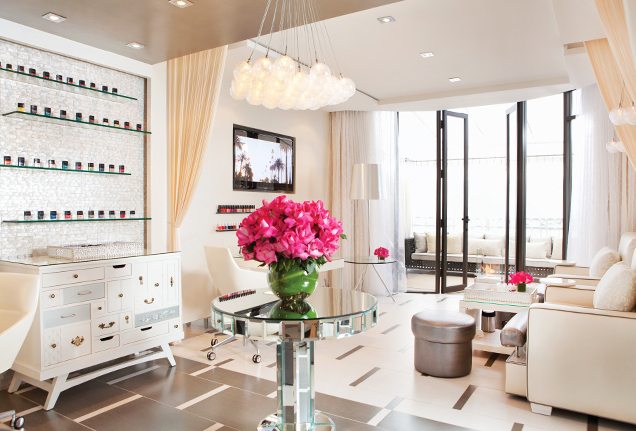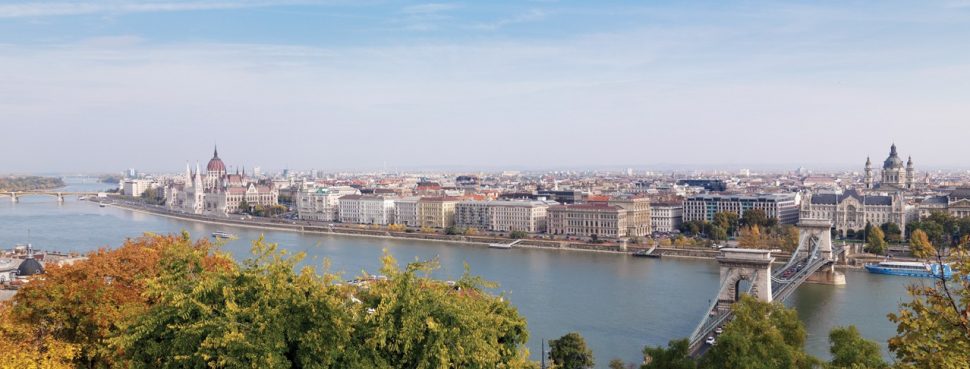While incredible landmarks like the Empire State Building and Central Park reside above 14th street, downtown New York City is it. From the stunning architecture of the Oculus, to the world-class galleries in Chelsea, to the unmatched views of Lady Liberty, Lower Manhattan is a bustling revelation of sights, fine dining, cosy cafés, art and nightlife. When you step out of Four Seasons Hotel New York Downtown, these are just a few of the city’s coolest spots waiting for you, some just a short stroll away.
Four Seasons Hotel New York Downtown

The Oculus
“It is necessary that public space prevail,” world-famous architect Santiago Calatrava told The New York Times as his Oculus, the luminous transportation hub at the World Trade Center, was set to open. Today, it is filled with singular shopping experiences, and yet Calatrava’s vision for returning the blighted site of tragedy to the people of New York has not been sullied. The space isn’t bad for your Instagram, either.
Statue of Liberty
The best way to see the colossal statue is by sea, and downtowners have no shortage of options for doing so. We recommend the complimentary classic: the Staten Island Ferry. Or pay a $7 fare and take the Liberty Landing Ferry from the World Financial Center on the west side – it gets you closer to the copper giant, but you can’t imbibe on board.
Le District
The brand-new Brookfield Place – known for its array of upscale shops, like Louis Vuitton and Hermès – isn’t just a shopping destination; there’s great food here too. At lunchtime, you’ll find editors from magazines like Vanity Fair, Vogue and Bon Appétit (they work across the street in the Freedom Tower) prowling les halles of Le District, a distinctly French market experience. There are fluffy, flaky croissants at the patisserie, heart- and belly-warming boeuf bourguignon at the lunch counter, crêpes and salads, and the best mustard selection this side of the Seine.

Dimes
While this trendy little spot offers healthy edibles, like a black bean power bowl with pumpkin seeds and grilled salmon with turmeric yogurt, it’s just as much about the view. The restaurant – Dimes also has a deli and a grocery market just across the street – is a touchstone for the beyond-cool crowd that works, lives and plays here. All the fashion inspiration you’ll ever need is sitting at the next table or skateboarding by.
2 Bridges Music and Arts
Part gallery, part music shop, part bookstore, this singularly funky collection can be found upstairs in a nondescript, predominantly Chinese mall on East Broadway. Don’t be afraid to ask questions: The owners have filled the shop with art books and records that appeal to them personally. Last time we visited, they were displaying a book of secretly taken photographs in North Korea and playing the latest LP from Playboi Carti. No matter where you’re coming from, this shop is a must.

CUT
What surprises many diners about Wolfgang Puck’s CUT, the star chef’s sophisticated steakhouse that joined Four Seasons Hotel New York Downtown earlier this year, is how many patrons stop in besides Hotel guests. It’s become a local hotspot. For Puck, part of the attraction was being able to source his food locally, whether beets from nearby farms or scallops from Nantucket.
When it comes to steak, Puck goes with the 8-ounce New York American Wagyu Striploin. “You have the best of both worlds,” he says, “the richness of the Wagyu beef and the flavour of the American Black Angus.” Diners can do more than look into the open kitchen, where their steaks and fish are grilled over open fire; they’re welcome to venture in and witness the food preparation. “It’s really exciting, and the chefs love it,” he says.
The Mailroom
Don’t let the name fool you – there’s nothing quotidian happening at this subterranean lounge. Instead, you can party like The Wolf of Wall Street (within reason), with mixologist-made cocktails, vintage pinball, plenty of room to dance and even a bocce-ball court. Since it opened in the fall of 2017, the room has played host to countless New York Fashion Week events, as well as performances by Patti Smith and James Murphy of LCD Soundsystem. Consider it the perfect place to continue the fun after dinner.

Via Carota
Chefs and partners Jody Williams (Buvette) and Rita Sodi (I Sodi) joined forces to produce Via Carota, a loving testament to rustic Italian cooking and market-fresh fare. While reservations are not an option, the temptations that emerge into the woodsy, hopping dining room are worth every minute of the wait. A fall menu might see grilled lemony artichokes, whole bean soup and a bone-in pork chop, while the summer could cast a spotlight on pan-fried peaches and a heavenly Dover sole. Every meal here is an event, even if it’s just a bite and a glass of Super Tuscan while window-shopping.
Walk This Way
When it comes to footwear, the West Village refuses to disappoint. Ladies should seek out Pierre Hardy; the venerable and always chic French designer has a small shop on Jane Street filled with playful pumps and killer boots. Meanwhile, men can meander over to Leffot, a posh, airy space on Christopher Street where classics from Alden and Saint Crispin’s are displayed like museum exhibits, but with touching encouraged.
Not Quite Coffeehouses
A well-kept local secret, Té Company is where some of the city’s most prominent foodies flock. With nods to traditional Hong Kong tea services, it’s a go-to for matcha lovers, as well as fans of immaculately well-made and -presented small bites. Around the corner on Greenwich Avenue you’ll find Mah Ze Dahr Bakery, a minimalist retreat whose pastries are spoken of in nearly religious terms.

Cheim and Read
Up there with the biggest names in the Chelsea Gallery scene, like Gagosian and David Zwirner, Cheim and Read boasts a roster of American and international artists – and a single location – that all but guarantees an impressive viewing experience. Take in contemporary art stars like Jenny Holzer and Jack Pierson, as well as modern masters like Diane Arbus, Robert Mapplethorpe and Alice Neel.
Barneys Downtown
Some called it overdue, others a homecoming, but in 2016, Barneys, New York’s ultimate fashion destination, reopened a location on Seventh Avenue near 17th Street where the legendary department store first opened in 1923. More important than when was how, as Barneys revealed a rejuvenated, optimistic, dare we say “cool” edit at the new/old location, with choices from the likes of Vetements.

